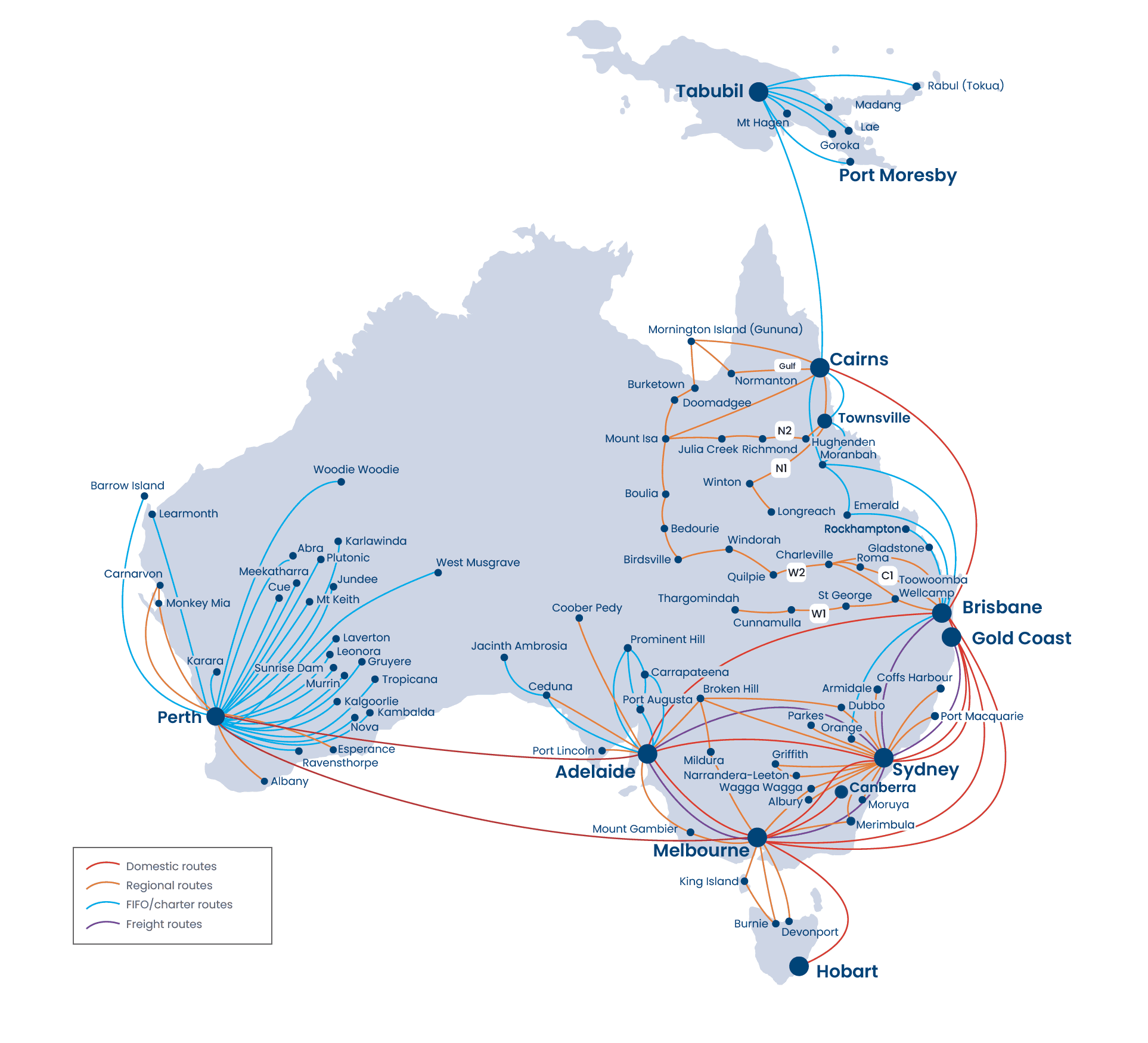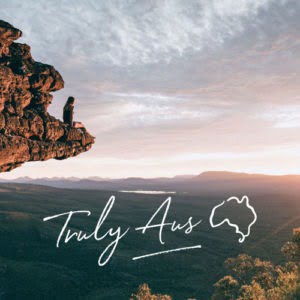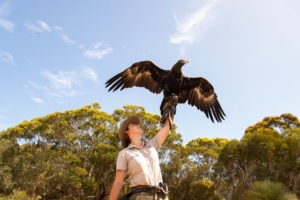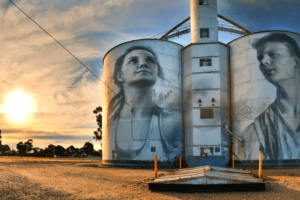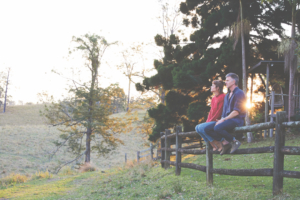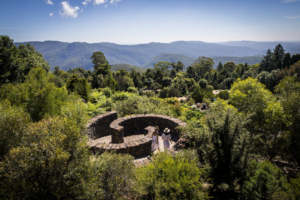Australia’s best crime writers are falling for the allure of country towns, mining these unique settings as the homes for some of our most gripping thrillers.
As ‘rural noir’ holds its own on the best-seller lists, we sit down with masters of Aussie noir, Chris Hammer, Shelley Burr and Dinuka McKenzie to unpick why country Australia is such a scene-stealer for crime writers.

Small town secrets
For Shelley Burr, the decision to locate her first novel in the solitude of Australia’s vast outback was easy. The book evokes an atmosphere of creepy isolation: a remote homestead with young twin sisters asleep in the same room. One vanishes without a trace while the other slumbers on.
“It was always important that the house be isolated, like a ship on the ocean. That remoteness is so compelling. It’s that feeling that only comes from being somewhere rural,” Shelley says.
Her debut novel, Wake (June 2022), set in the fictional town of Nannine in outback NSW, won the UK Crime Writers’ Association Debut Dagger in 2019, and quickly became the subject of a hot international bidding war. The book has enjoyed rave reviews in British and US markets, and Australian publisher Hachette has wasted no time commissioning Shelley’s second book.
“The small town where ‘everyone has a secret’ is one of those ideas which some people hate. I’m writing for the people who love it,” Shelley says.
“It creates this tangle which you can’t unravel without getting it all out of the way. A catharsis happens when everything is out in the open.”
Outback noir, Australian gothic – call it what you will – Shelley reckons the boom pioneered by authors such as Jane Harper, Chris Hammer, Garry Disher, Emma Viskic and a burgeoning new guard shows no sign of slowing. “It’s just starting to pick up steam in bigger markets. The UK loves it, and the US is starting to notice.”
It isn’t an entirely new phenomenon, but is there a downside to the popularity of such a dark rural export?
“I did feel a certain amount of responsibility about how I was representing rural Australia,” Shelley says. “But all Australian towns have complexity. Not just the small ones.”
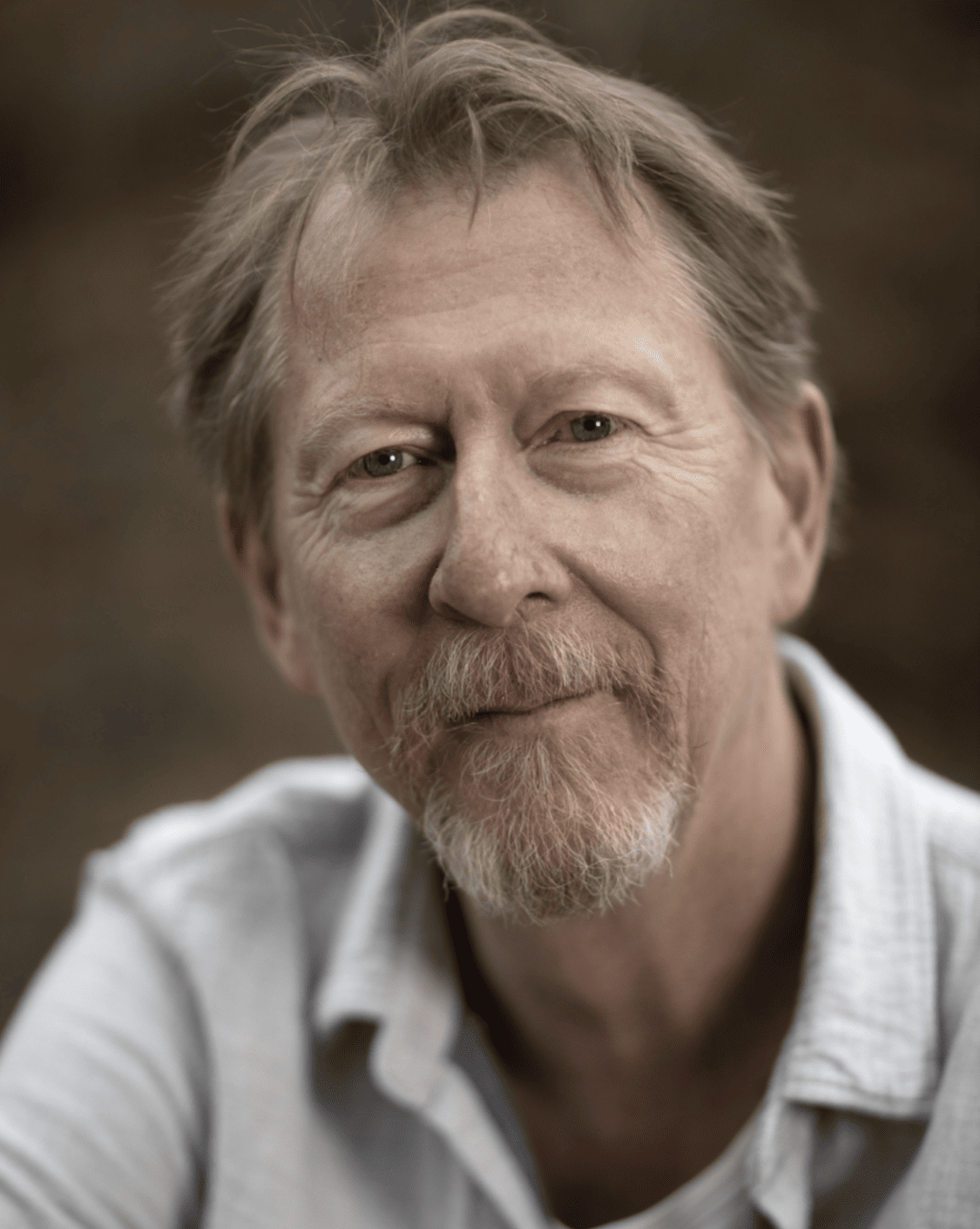
Claustrophobic countryside
For veteran crime fiction writer, Chris Hammer, setting was the seed behind his breakout success, Scrublands (2018), which stoked the fire lit by Jane Harper’s The Dry (2016), and Mark Brandi’s Wimmera (2017).
Chris travelled extensively throughout Murray Darling Basin communities at the height of the millennium drought, researching his nonfiction book The River (2010). His travels through the communities existing on the drying veins of the river system made their mark.
“A lot of crime fiction touches on community concerns and makes societal observations in a way that literary fiction often doesn’t… My setting appealed to me on an intuitive basis,” Chris says of his imagined community Riversend.
He gives readers a map to follow at the start of the book, pointing them to a NSW Riverina town not so far from Hay or Deniliquin. Unlike these real places however, the unthinkable has happened: a shooting spree by the local priest has left a community twisted in knots by suspicion and unease.
“It’s an impressionistic view of those places,” Chris concedes. “People who live in Sydney and Melbourne often have inaccurate stereotypes of country towns: that they’re conservative; that they’re mono-cultural. But often they’re anything but.
“For a crime writer, that upside and downside in country towns is a valuable tool. Everyone knows your business, and this can be reassuring, but it can also be claustrophobic.”

Identity of a place
For author and environmental planner Dinuka McKenzie, these upsides and downsides captivated her while living and working in central NSW for her first job out of university.
“As a general comment on regional towns, that idea of people knowing each other so well can also be the greatest challenge… In this genre, you can look at what’s boiling underneath the surface, and unlike in our cities, you can’t hide among the masses.”
Her Banjo Prize-winning manuscript was snapped up by Harper Collins, and The Torrent hit shelves last year as a lauded addition to the growing genre.
Set in the fictional town of Esserton – somewhere in the Tweed Shire – the climate is its own moody character in The Torrent.
Inspired by the 2011 floods across Queensland and New South Wales (echoed by last year’s disastrous events), her imagined Northern Rivers community is sizable and fragmented.
“There’s this influx of new ideas and people, and a tension growing between the old way of doing things and what the identity of a place used to be,” Dinuka says.
“We reach for this amazing Australian landscape to build tension. Our post-colonial history is such a story of trying to tame an unfamiliar and so-called inhospitable land. As a crime writer, you can build on existing fears around the inherent dangers of the landscape in the back of the reader’s mind.”
And crime writers aren’t alone in expanding the depictions of Australian life beyond the big smoke.
“Indigenous writers such as Nardi Simpson, Anita Heiss and Melissa Lucashenko interrogate accepted histories and ideas around towns and landscape in their stories,” Dinuka says.
“There was an identity to these places, which existed long before, and these writers remind us of that.”
Can’t get enough of these Aussie crime writers? Click here to read about Darlene Johnson, who tells her stories on the big screen.


